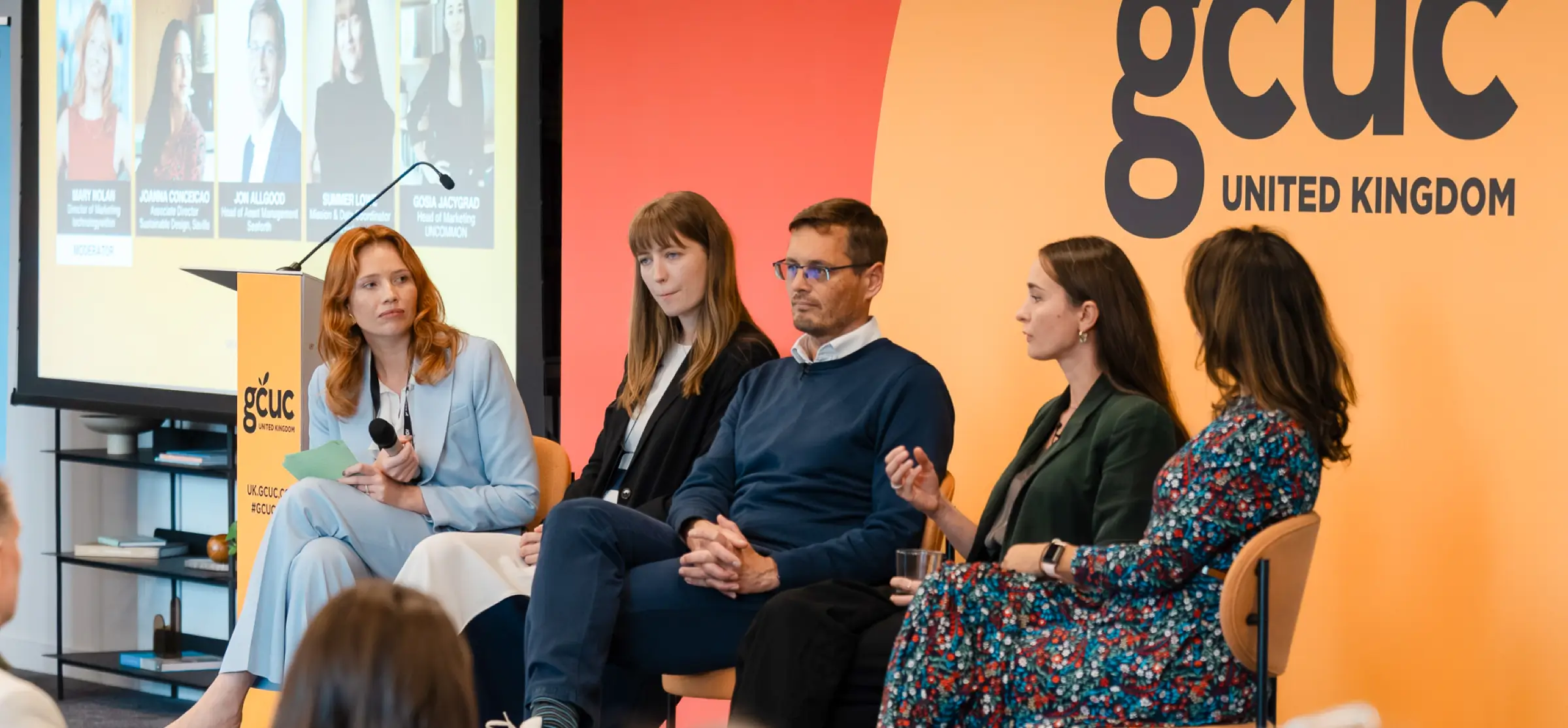
Coworking isn’t just a workspace model for white-collar professionals, remote workers, and tech startups. As niche coworking gains popularity, a new workspace model emerges – coworking labs – combining the most favourable aspects of coworking spaces with the specialised infrastructure required for scientific discovery and research, improving accessibility, affordability, and inclusivity in the industry. Let’s look at the rise of coworking labs.
What are coworking labs?
Traditional science and research facilities require expensive rents, costly equipment and stringent health and safety requirements, placing a barrier to entry for many life science startups with limited funds. The coworking lab model is viewed as a welcome and flexible alternative, operating like flexible workspaces, offering shared space for those working on different projects.
Viewed as investment-led innovation hubs, centres, and incubators, coworking labs benefit many, ranging from startups in the life sciences and biotech industries, to entrepreneurs building medical or environmental solutions, academics and researchers, R&D-focussed companies, and specialised service providers. Coworking labs typically provide the following:
- A communal workspace with shared research facilities and workbenches, providing access to best-in-class laboratory and research equipment.
- Breakout spaces and amenities, including meeting rooms and phone booths, as typically seen in coworking spaces.
- Wrap-around services, such as lab technician support.
- Flexible rental agreements and tiered membership plans for renting workbenches.
- A community of like-minded people, leading to collaboration and innovation opportunities.
- Business support, helping tenants launch and grow their startups, introductions for investment opportunities, access to growth programmes and mentorships.
Coworking labs vs. traditional science parks
The first coworking lab, BioCurious, launched in 2011 in Silicon Valley to improve accessibility and affordability for biology innovations, providing equipment, materials, and workspace in one place. But before coworking labs, there were science parks. First established in the second half of the twentieth century, science parks have developed into commercial real estate models with office and lab space for research, development or high-tech manufacturing companies.
Science parks have grown so significantly that, according to the UKSPA – the UK’s national association for science parks and similar innovation locations – they provide space for around 6,000 companies and organisations employing over 120,000 people. Around 45 million square feet of office, lab, and R&D space is managed by members of the UKSPA, supporting long-term development within the science and innovation sectors.
Much like how traditional office landlords transform portions of their property portfolios into flex space, coworking labs sometimes occupy a percentage of science park buildings, diversifying space on shorter, more flexible leases than traditional long-term leases. Coworking labs can often be viewed as a real estate model complementary to science parks, rather than competing with them.
Growth in the coworking lab model
Many coworking labs operate in partnership with universities. Southampton Science Park, for example, houses around 15% of companies originating from Southampton University, either as spin-offs or businesses started by academic staff. It raises funds for research facilities, sharing academic expertise within a range of commercial spaces, from private offices to bespoke laboratories and incubation centres (or coworking labs) – a shared flexible workspace with a ‘community feel.’
Co-locating with universities gives students real-world opportunities to experience lab environments and support for their next stage after graduation. Discovery Park in Kent is another example, operating in partnership with Canterbury Christ Church University. Its coworking lab offering, aptly named CoLab, offers an initial six months of workbench space free of charge for early-stage life science businesses.
However, a drawback of the science park model is its location, typically on the periphery of towns in rural areas. Millennials and Generation Z are particularly drawn to urban spaces because of the range of lifestyle options available, and may not be willing to relocate to out-of-town areas. As a result, urban coworking labs present a far more appealing alternative to co-located labs on science parks.
Exemplifying this approach with a strong city central portfolio, Kadans is the UK’s market leader in collaborative space for life sciences. Its coworking labs are located across London’s most prestigious areas, including The London Innovation Centre at 20 Water St, Canary Wharf, and London’s Knowledge Quarter at King’s Cross. Kadans’ innovative iHub product offers lab and office space on highly flexible terms, fitted out for ‘frictionless scale-up.’ This approach nurtures early-stage businesses in their growth journeys, enabling them to flex up or down in spaces to suit their needs, unconstrained by long-term leases or large upfront costs.
Kadan’s model is now expanding to some of the UK’s regional towns: Cambridge, Oxford, Glasgow, and Manchester. In the flex industry, regional coworking has been warmly welcomed for retaining talent that might otherwise move to the capital, contributing to a more economically resilient local ecosystem.
Future market predictions
Introducing coworking labs to cities increases the likelihood of flex space brands entering the market. For instance, Superlab Suisse provides fully kitted labs for biotechnology and pharmaceutical companies in the Swiss cities of Basel and Lausanne, while LabCentral and BioLabs are located in Boston, US.
Brokers have also identified opportunities in the coworking lab market. For instance, Carter Jones advertises smaller leased spaces in shared buildings with premium amenities. It also offers full lifecycle support for landlords looking to enter the life science sector and tenants seeking lab space. With Savills, Carter Jones was involved in transforming Matrix House, a 22,681 sq ft self-contained building at Cambridge Business Park, into a coworking lab and office space across two floors in 2023.
With the rise of coworking labs comes the need for smart, scalable connectivity solutions that match the pace of innovation happening within these spaces. As multiple startups and research teams share infrastructure, often working on sensitive projects, the risk of data leaks, security breaches, or network performance issues grows.
That’s where solutions like twiindata from technologywithin come in. Designed for multi-tenant environments like coworking labs and science parks, twiindata enables operators to offer fast, secure, and segregated connectivity for every tenant. Features like enterprise-grade encryption, user-level controls, and real-time network visibility help operators protect intellectual property, streamline member onboarding, and deliver high quality connectivity that powers groundbreaking research and scientific discovery.
As coworking labs continue to reshape the future of science, research, and innovation, having the right technology foundation in place will be crucial. If you’re developing or operating a coworking lab, talk to our team today to learn how twiindata can deliver the secure, flexible connectivity your members expect.
Experimenting with Flex: The Rise of Coworking Labs and the Future of Science Parks
We recently explored one of the fastest-growing trends in the science and innovation property sector: the shift towards flexible, fully-equipped coworking labs. This session takes you inside the transformation happening across science parks, from modular lab design and smart building technology to ambitious sustainability targets and stronger links with universities and industry partners.
Now available on-demand, the session features insights and real-world case studies from experts at Discovery Park, Bidwells, Bruntwood SciTech and Nexus. Plus, get practical insights on how to meet growing demand from early-stage science companies while future-proofing your assets for the next generation of innovation hubs.
Recent articles

Flex Expansion and How to Win in New Markets

Circular By Design: Rethinking the Workspace Lifecycle
